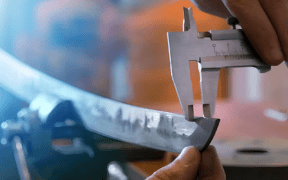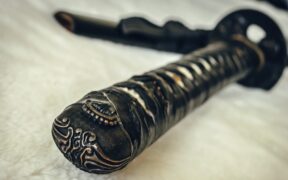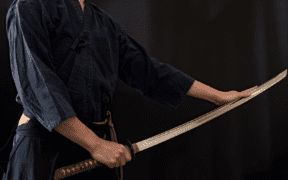How Long is a Katana? Blade and Handle Sizes Explained
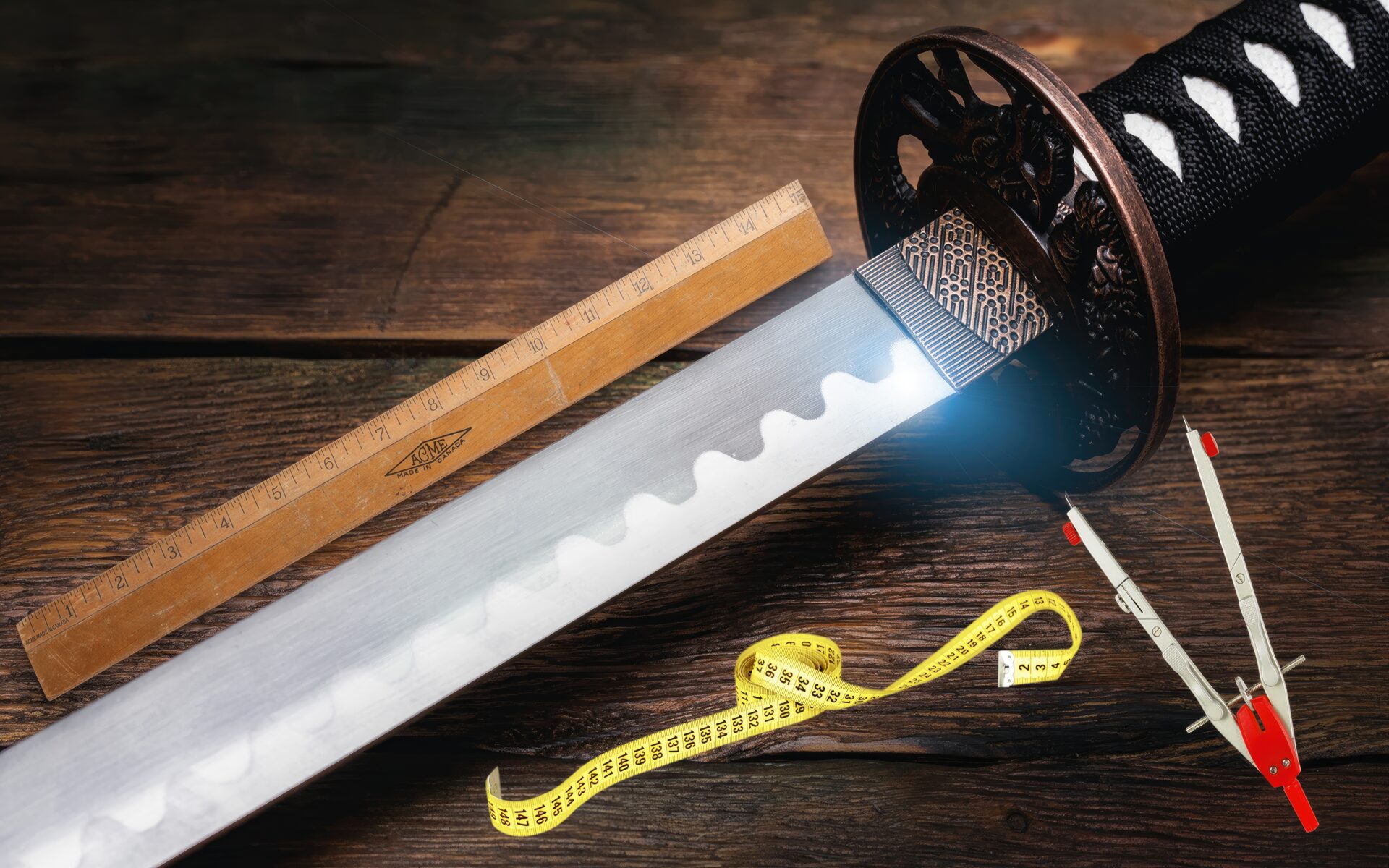
The Japanese katana is the iconic two-handed samurai sword manufactured in a standard length. Its all-powerful versatility makes it a functional blade used for slashing as a formidable sidearm on the battlefield.
This article will discuss the standard length of the katana. We will go over the various parts and sizes of the weapon, including the historical and modern-day sizes. Finally, we will conclude with how to properly measure a katana sword of your own.
The Standard Overall Katana Length
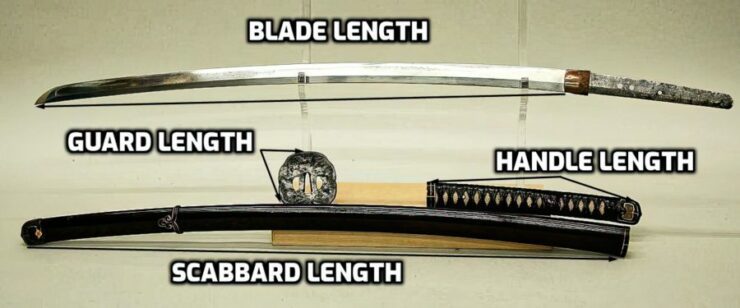
- 33 to 39 inches (85 to 99 cm)
The average length for a Japanese samurai katana sword is around 37.4 inches (95 cm). However, this length can vary slightly from person to person as the entire length, from the pommel to the very tip, is taken into account.
Blade (Nagasa) Length

- 24 to 32 inches (60 to 80 cm)
The length from the blade to the top of the handle is known as the nagasa. In some cases, the overall length of a sword is described as the blade length without considering the handle length, which can lead to confusion.
Handle (Tsuka) Length

- 9 to 12 inches (23 to 30 cm)
The handle, or tsuka, is the part that is grasped while holding the sword. The katana is a two-handed weapon, meaning the standard handle length should have enough room to fit two hands, with some space in between for more maneuverable attacks or defenses.
Scabbard (Saya) Length

- 24 to 32 inches (60 to 80 cm)
The scabbard, known as saya, should be as long as the blade. In most cases, it is slightly longer by about an inch (2.5 cm) to provide room for the blade tip and prevent damage.
Historical Katana Vs Modern Katana Length
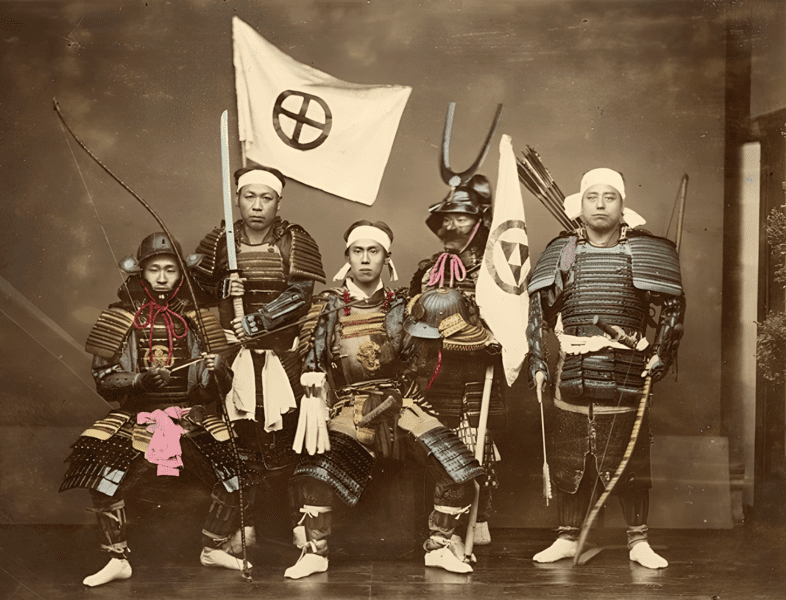
The length of the katana throughout history varies. For example, in the Nanbokucho Period (14th century CE), it was much larger than it was in the Edo Period (17th-19th century CE). Regardless of these variations, historical katana lengths were suited for the average height of the samurai, which was 5.1 to 5.4 feet (155 to 165 cm).
“In the samurai period, the average height of the Japanese man was 5.2 feet (159 cm)… the way they train or attack will be different from a person who is 6 feet (182 cm) training with the same sized weapon,” says Anthony Cummins, a researcher of Japanese swords and swordsmanship.
Today, katana users are generally taller, making the katana seem like a one-handed to hand-and-a-half weapon. That is why the average length of a katana today is larger than its predecessors.
Measuring the Length of the Katana
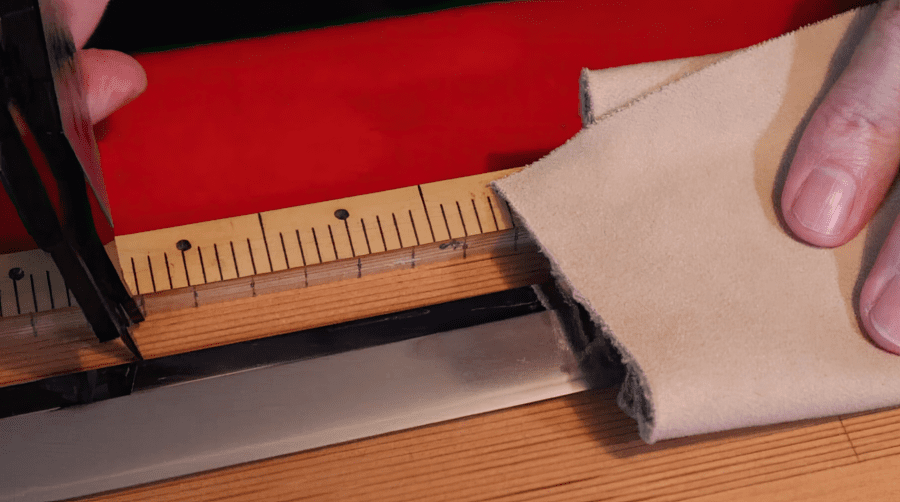
The length of your katana can be measured using a single tape measure. It is measured in a straight line from one point to another.
Take the measuring tape and place it on top of the kissaki (blade tip). Then, pull it down until it reaches the start of the tsuba (handguard), which is often underneath the habaki (blade collar). From this point up to the tip is your nagasa (blade length).
Some folks use advanced measuring methods to measure the tip distance by placing the tape measure on the yokote (the line between the blade and the tip) and measuring the distance from its start to the tip.
To measure the handle, place the tape measure on the handguard and extend it all the way to the kashira (pommel). This is your tsuka (handle) length.
